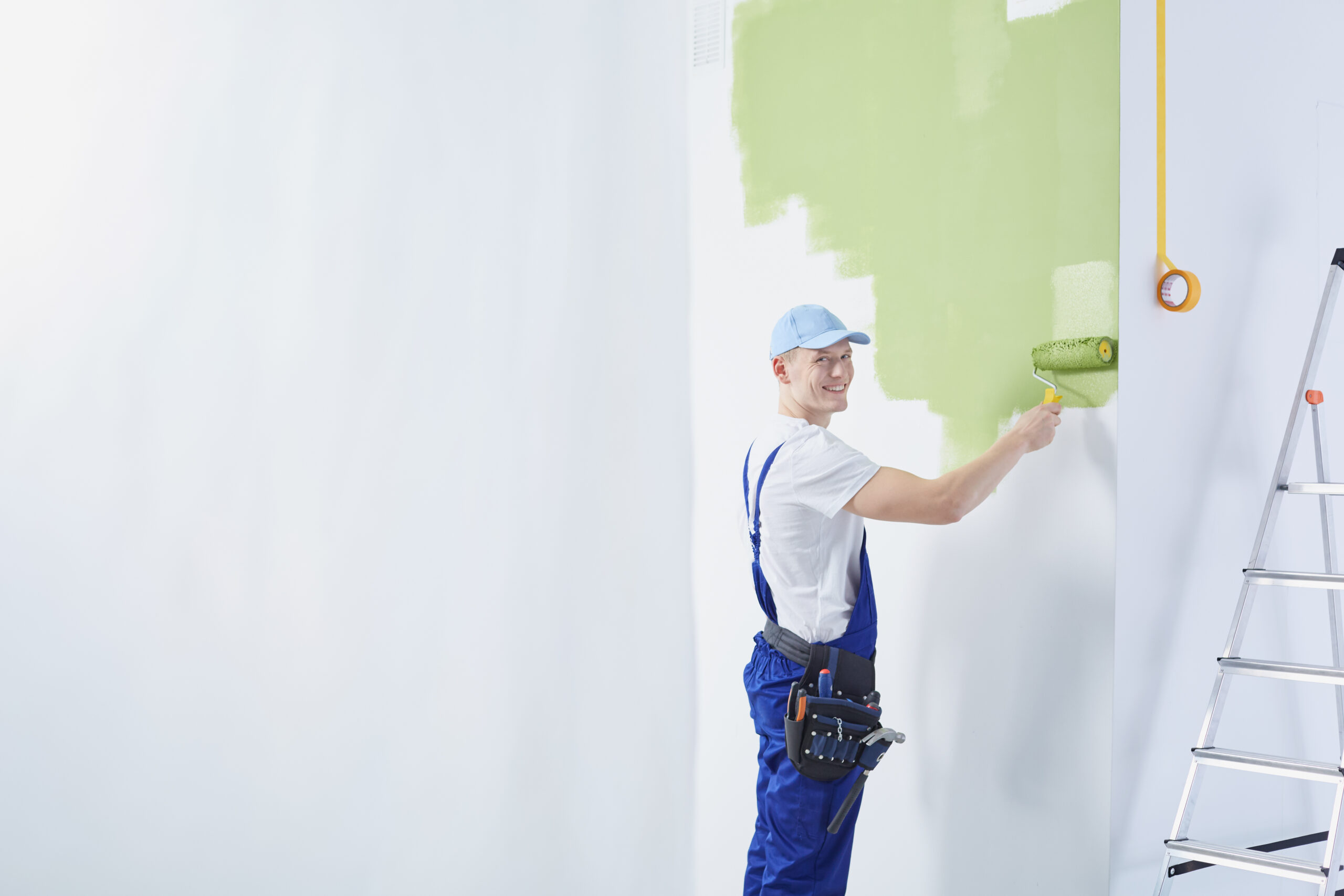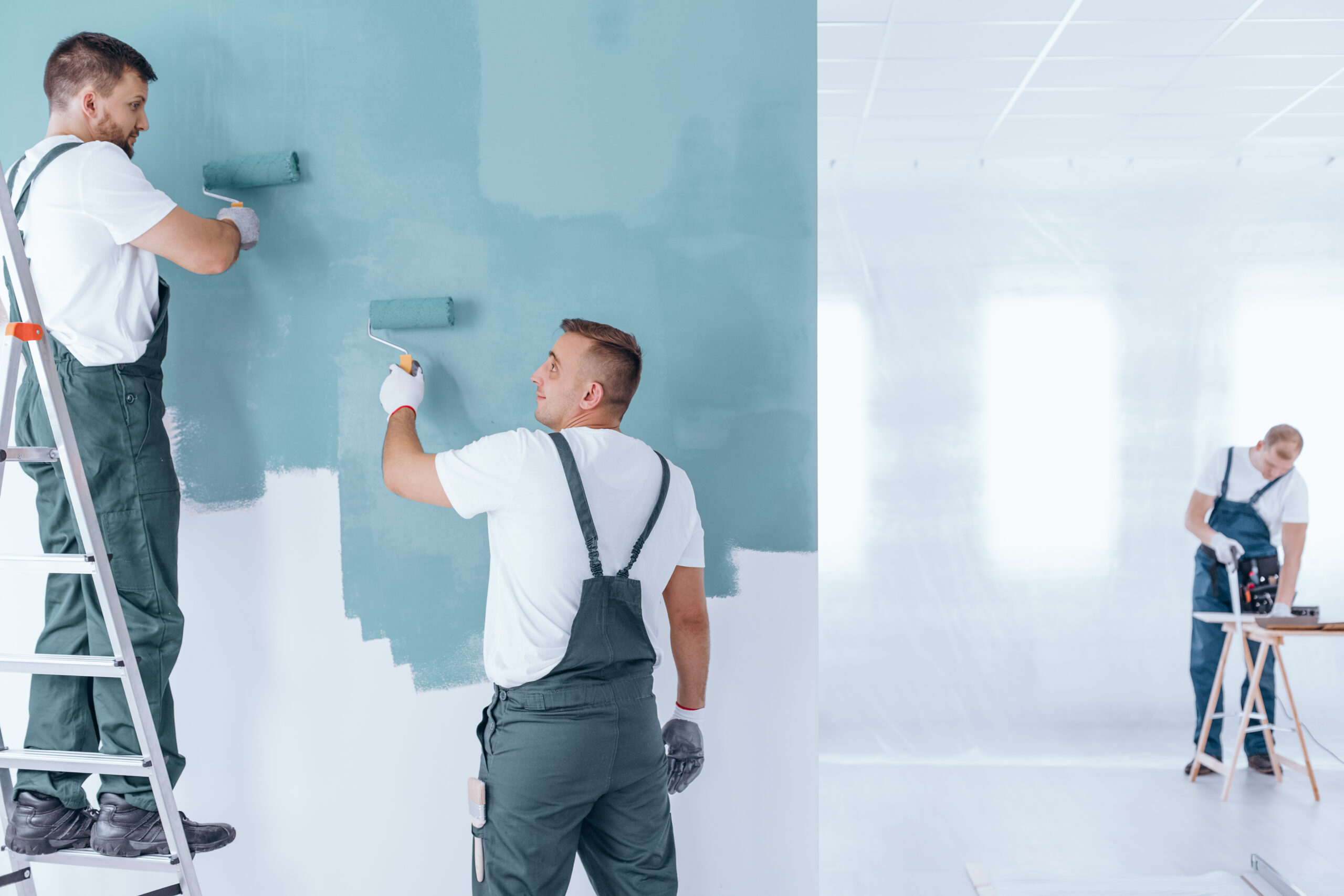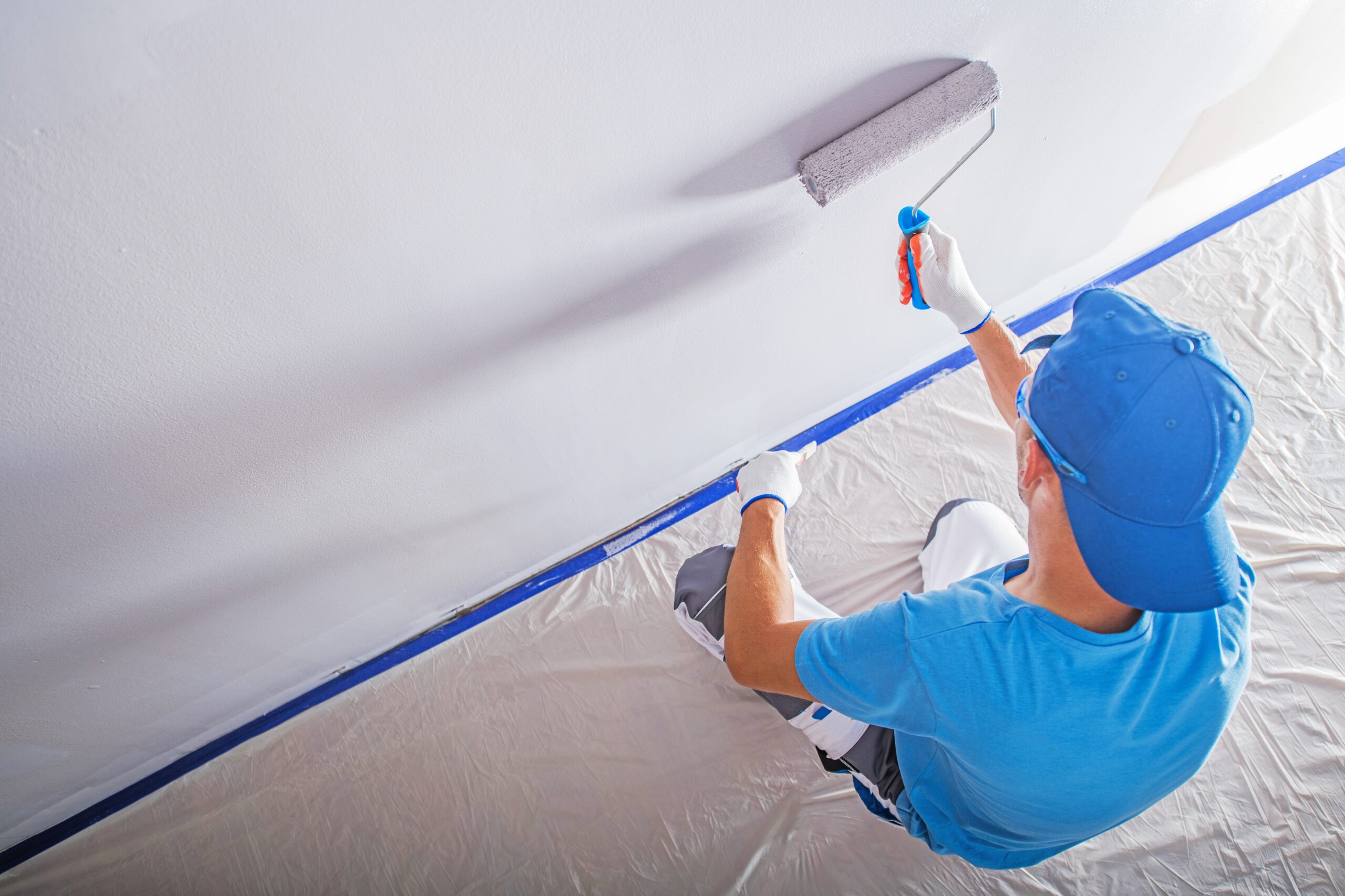Home » 9 Crucial Steps Before Painting A Room
9 Crucial Steps Before Painting A Room
- Paramount Painters Canberra
Painting a room is an undertaking that requires patience, skill and proper planning. With so many paints on the market, it can be challenging to decide which one will work best for your needs – but we’re here with some helpful painting tips!
When painting a room, there are specific steps that you should take for the job to go smoothly. One of these critical tasks includes preparing your surface with an appropriate amount and type of paint before applying any other pigments or dyes from scratch- this will ensure even coverage across all areas without leaving brushstrokes unpainted!
No one enjoys a challenging task, but anyone can do it with some preparation. Here are nine tips to help ensure the paint job goes smoothly and saves time no matter what project this may involve! Here is how to prep your surface correctly so you won’t have any problems when painting and nine helpful shortcuts in general maintenance for interior painting for homes & businesses alike.

Choose Your Colour
The walls of your home are not just a neutral canvas for you to paint any colour imaginable. They should be used as an accent and reflect the feelings or moods a person wants their space project to convey. It is essential when designing this kind of room, which may have several different tones, so it’s cohesive across all parts – but don’t worry if some elements get mixed up!
When painting your home, use the correct paint for each surface. There is a wide variety of options, from water-based paints that can be used on walls and ceilings to oil-based ones if you want something more durable but easier to clean up afterwards.
To avoid showing imperfections, use specialised paint for your ceiling. The formula is thicker and designed to prevent dripping, so you can confidently paint over any mistakes without worrying about ruining an entire room or messily covering up another area with wet brush strokes!
If you’re not sure how much paint to use, it’s time for an estimate! A litre of regular-sized house paint will cover approximately 16 square metres. If the surface is porous or textured, like wood panelling and trim work, you may need up to 20% extra coverage.
Remove All Furniture
We recommend that you store your furniture in a location where it will not come into contact with the paint. Your items may be affected by the chemicals and become damaged or lost altogether if they sit near an area covered by fresh coats of interior/exterior paint!
The paint will stay away from most surfaces if there are no moisture sources nearby, and the area should not be regularly used for living space either since this may cause liquid seepage that could leave spots later on down the line as well!
You may not have the space or budget to store your furniture, but that doesn’t mean you need a cluttered living room. Move it into an area in the centre of the house with plenty of open flooring and let nature take its course – make sure nothing blocks off any doorways!
Protect Floors and Surfaces With Painters Tape
Before painting, make sure you remove any clutter from the room. This includes pushing down edges of painter’s tape along all floors and surfaces that we don’t plan on painting and putting out masks or rosin paper on your baseboards, so they aren’t covered in paint when working. Using a fabric drop cloth to protect against spills and splashes should be done next before anything else because it’s less slippery than plastic, which makes sense since most materials will stick better to them!
To paint a room without any unwanted surprises, use painter’s tape to secure all floors and surfaces you don’t plan on painting. Push the recordings’ edges firmly, so they don’t stick up when walking over them later! This will help ensure straight edges throughout your space, so no accidents happen due to their messiness while working within its boundaries.
Fill Up Holes/Cracks/Peeled Paint With Putty
Cracks in walls can be a major headache for homeowners. Cracks in walls can be a pain, especially if you are trying to paint or plaster them. These cracks must get fixed before anything else because otherwise, they will show up again when the new coat of paint is applied, and your project falls apart at its seams! If you don’t fix the crack before painting or plastering them, it will show up again, with no coating between its source and your freshly painted surface!
Cracks are a potential problem, so it is important to deal with them before painting. Active cracks can be due to either deep breakages inside wall or detached panels from plasterboard structure and appear as long vertically oriented lines on both sides of walls that always move towards each other over time, which means you will need to repair these problems first then paint afterwards for the best results.
You should first add putty to any cracks or chips in the paint, wait for it to dry, and then smooth away with a sander. This will ensure that whatever hole may be left behind after
Sand & Scrape Walls For A Smooth Finish
To get the best results when painting, it is important to prepare your walls completely. This includes sanding down any uneven surfaces and wiping away dust with a damp cloth before you start painting so that there are no pesky bumps or drips in sight!
If you want a smooth finish on your painted walls, ensure they have been sanded before being covered with paint. Use either paper or cloth-covered boards to remove any imperfections in drywall, be careful not to scratch its surface because this will minimise how well it sticks when wet! Afterwards, wipe away all dust particles from these areas using damp clothes, so it prevents any future marks.
Clean and Wash All Walls
If you are preparing to paint a room, ensure there isn’t any mildew first. Mildews will grow through new paints and cause future problems for homeowners who want their houses cleaned every few years with minimal effort! Cleaning walls before painting is crucial in preparing the room for its new artwork.
Clean walls are essential to preparing a room for painting. While there is no best way of cleaning them, most surfaces can be washed using warm water and detergent-soaked sponges or cloths for oils and grime. For those needing extra scrubbing power, like kitchen walls, take it one step further by adding some dish soap after washing. This will help cut through grease stains left behind from cooking!
Paint The Ceiling
The ceiling is a space that deserves some attention in your home. It should be painted flat to avoid reflecting light or drawing attention away from other things you’ve got going on up there, and because it doesn’t receive much wear and tear, glossy paints aren’t necessary either!
Ceiling paint is a great way to avoid unsightly brush marks on your walls and trim. To do this, pour about three cups of ceiling colour into the small container you can hold in one hand. At the same time, you use an angle-painted 2 1/2 inch broad brush (called “cutting in”) along the edge near the perimeter until the entire room has been painted evenly with two coats – unless the second coat requires extra patience due to difficulty reaching certain areas.
Paint The Trims
When painting a room, the first thing that is typically done is to ensure you get your trim and ceiling painted well enough before moving on to other parts, such as walls or furniture, working from the top down. This way, if there are any areas where paint may run onto its surface due either because it’s not fully prepared or too many layers have been applied, then this can quickly become seen throughout instead of getting mixed into blending seamlessly with what will eventually go up against them when dry – which makes for an unsightly finish!
Though it may be tempting, do not skip painting your trim before you paint the walls. Whether you have one big window or many small ones, take time to tape off and finish each section with quality semi-gloss acrylic paints for best results (it’s worth investing in good brushes). Always allow ample drying periods between coats as well! If there isn’t enough space around them where they will fit without being painted over completely by another surface like ceiling tiles, you can also use painter’s gloves while working.

Tape Along All The Edges
To avoid brush and roller marks when painting the ceiling, apply painter’s tape along its edges before you start. Use blue masking or drafting cloth to cover areas without drips from your paintbrush (or tubes). This will help keep everything clean while giving a precision line that cannot be a mistake! Be sure not to peel off any paints in these places since they’re essential for creating smooth transitions between colours without gaps at different heights on walls below them due to quick mistakes like this!
Now You're Ready For Your Painting!
Homeowners, you’re in for a treat! It’s time to make your homes shine. Before painting the interior of your house or business, be sure and use plastic sheeting with painter’s tape! The quality paint job will show off every surface so it can look it’s absolute best from the top down below or inside out – no matter which way we face on this project.
The backrolling technique is a simple way to cut your painting time in half. One person sprays the house while another follows with an almost flat roller, smoothing out any bumps or holes left behind by previous coats of paint.
The painting process can take many hours, but a professional exterior painter will not only do the job in one go. They know how much surface area each pass should cover and can complete three weekends’ worth of work with just two days total spent on your home or business’s current colour scheme!
Your home is your pride and joy, so why would you want to risk damaging it with cheap paint? Our interior house painters at Paramount Painters Canberra will ensure that every inch’s beauty shines through. You won’t worry about rain or other elements ruining what we’ve done for you because our professional painting experts have everything under control!
For more information on how we can transform your home, contact us to speak to one of our painting consultants.


